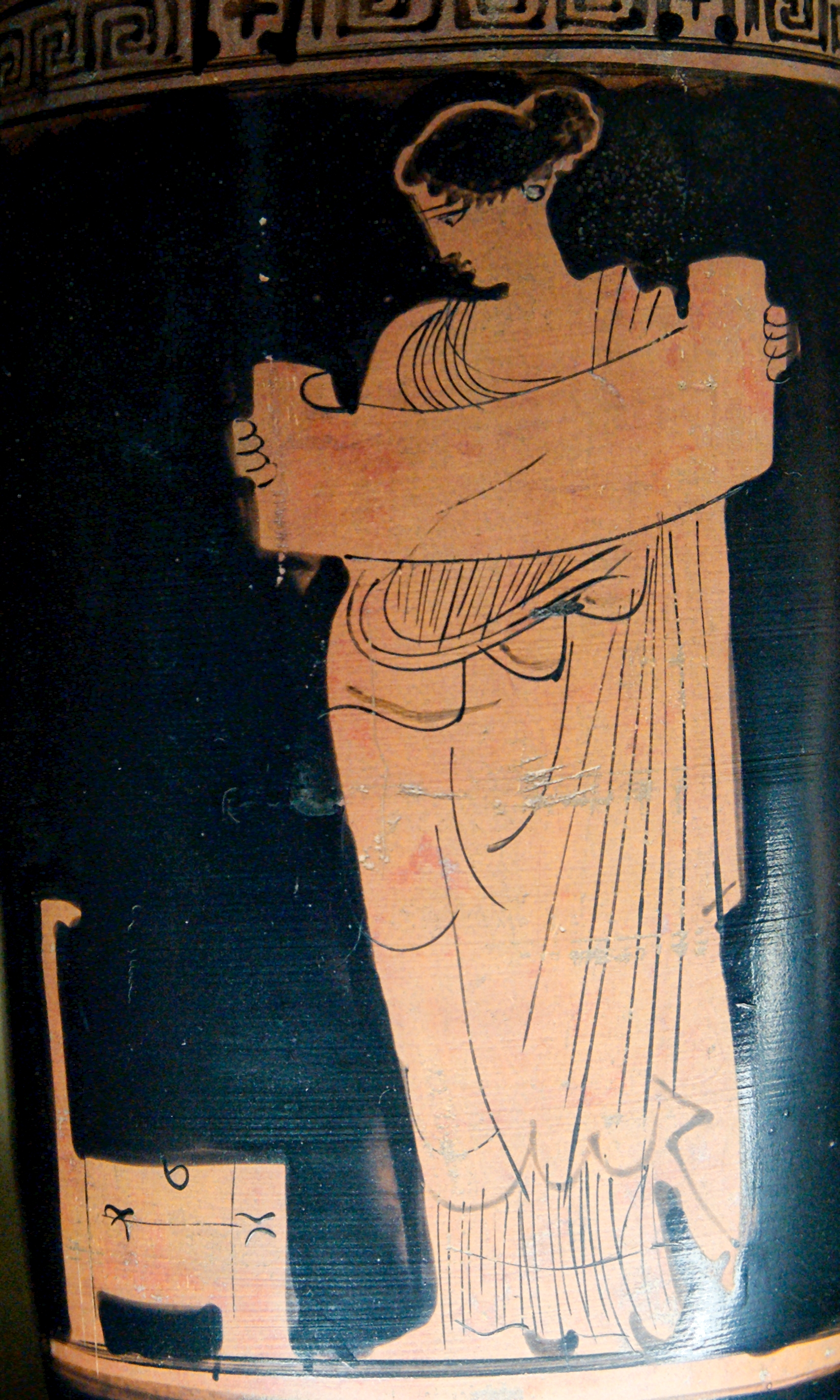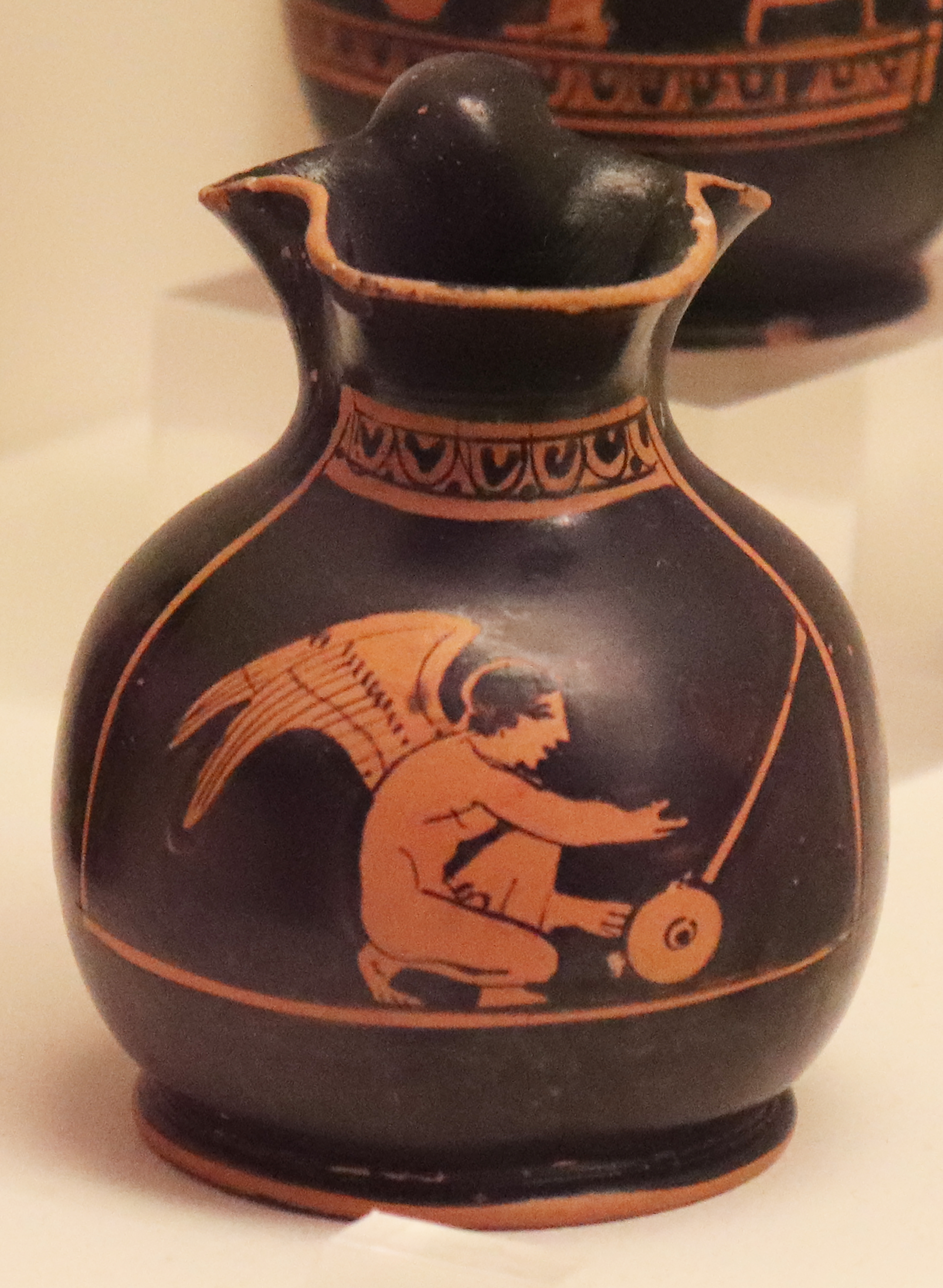|
Parc Del Laberint D'Horta
The Parc del Laberint d'Horta (, "Park of the Labyrinth of Horta", sometimes referred to as Jardins (Gardens) del Laberint d'Horta) is a historical garden in the Horta-Guinardó district in Barcelona and the oldest of its kind in the city. Located on the former estate of the Desvalls family, next to the Collserola ridge, the park comprises an 18th-century neoclassical garden and a 19th-century romantic garden. On the lower terrace is the hedge maze that gives the park its name. History Works began in 1791 when marquis Joan Antoni Desvalls i d'Ardena, owner of the lot, created the design of a neoclassical garden in collaboration with Italian architect Domenico Bagutti. Execution was made under direction of master builders Jaume and Andreu Valls as well as French gardener Joseph Delvalet. In mid-19th century, the descendants of the marquis hired architect Elies Rogent to expand the park. Rogent created then a romantic garden with flower beds, gazebos, huge trees and a waterf ... [...More Info...] [...Related Items...] OR: [Wikipedia] [Google] [Baidu] |
Maze
A maze is a path or collection of paths, typically from an entrance to a goal. The word is used to refer both to branching tour puzzles through which the solver must find a route, and to simpler non-branching ("unicursal") patterns that lead unambiguously through a convoluted layout to a goal. The term "labyrinth" is generally synonymous with "maze", but can also connote specifically a unicursal pattern. The pathways and walls in a maze are typically fixed, but puzzles in which the walls and paths can change during the game are also categorised as mazes or tour puzzles. Construction Mazes have been built with a variety of materials. Some are relatively permanent, like Hedge maze, hedges, Turf maze, turf, walls, rooms, tiles, and paving stones or bricks. Others are deliberately transitory, like Corn maze, corn stalks, Straw maze, straw bales, books, snow, or in fields of crops such as cereal, corn or maize. Maize mazes can be very large; they are usually kept only for one g ... [...More Info...] [...Related Items...] OR: [Wikipedia] [Google] [Baidu] |
Alexandre Cirici I Pellicer , a Portuguese hypocoristic of the name "Alexandre"
{{Disambig ...
Alexandre may refer to: * Alexandre (given name) * Alexandre (surname) * Alexandre (film) See also * Alexander * Alexandra (other) * Xano (other) Xano is the name of: * Xano, a Portuguese hypocoristic of the name " Alexandre (other)" * Idálio Alexandre Ferreira (born 1983), Portuguese footballer known as "Xano", currently playing for Sligo Rovers {{hndis ... [...More Info...] [...Related Items...] OR: [Wikipedia] [Google] [Baidu] |
Joan Maragall
Joan Maragall i Gorina (; 10 October 1860 – 20 December 1911) was a Catalan poet, journalist and translator, the foremost member of the movement in literature. His manuscripts are preserved in the Joan Maragall Archive of Barcelona. Life Maragall's upper-class family was dedicated to the flourishing textile industry in Barcelona, and after finishing school, Joan Maragall took on his father's job. Having never liked his family's trade, he decided to go to university instead, where he studied law to his father's great disappointment. However, he dropped out of school and married Clara Noble with whom he had 13 children. In 1904 he won all three prizes awarded by the in Barcelona, and was proclaimed ''Mestre en Gai Saber''. His private home in Sant Gervasi was bought by the and can be visited. He died in 1911 and was buried at the Sant Gervasi Cemetery Barcelona. His grandson, Pasqual Maragall, would become mayor of Barcelona and then President of Catalonia. Work M ... [...More Info...] [...Related Items...] OR: [Wikipedia] [Google] [Baidu] |
General Map - Parc Del Laberint D’Horta - Barcelona
A general officer is an officer of high rank in the armies, and in some nations' air and space forces, marines or naval infantry. In some usages, the term "general officer" refers to a rank above colonel."general, adj. and n.". OED Online. March 2021. Oxford University Press. https://www.oed.com/view/Entry/77489?rskey=dCKrg4&result=1 (accessed May 11, 2021) The adjective ''general'' had been affixed to officer designations since the late medieval period to indicate relative superiority or an extended jurisdiction. French Revolutionary system Arab system Other variations Other nomenclatures for general officers include the titles and ranks: * Adjutant general * Commandant-general * Inspector general * General-in-chief * General of the Air Force (USAF only) * General of the Armies of the United States (of America), a title created for General John J. Pershing, and subsequently granted posthumously to George Washington and Ulysses S. Grant * (" general admiral") ( ... [...More Info...] [...Related Items...] OR: [Wikipedia] [Google] [Baidu] |
Muse
In ancient Greek religion and Greek mythology, mythology, the Muses (, ) were the Artistic inspiration, inspirational goddesses of literature, science, and the arts. They were considered the source of the knowledge embodied in the poetry, lyric poetry, lyric songs, and myths that were related orally for centuries in ancient Greek culture. The number and names of the Muses differed by region, but from the Classical Greece, Classical period the number of Muses was standardized to nine, and their names were generally given as Calliope, Clio, Polyhymnia, Euterpe, Terpsichore, Erato, Melpomene, Thalia (Muse), Thalia, and Urania. In modern figurative usage, a muse is a Muse (source of inspiration), person who serves as someone's source of artistic inspiration. Etymology The word ''Muses'' () perhaps came from the Indo-European ablaut#Proto-Indo-European, o-grade of the Proto-Indo-European language, Proto-Indo-European root (the basic meaning of which is 'put in mind' in verb formati ... [...More Info...] [...Related Items...] OR: [Wikipedia] [Google] [Baidu] |
Dionysus
In ancient Greek religion and Greek mythology, myth, Dionysus (; ) is the god of wine-making, orchards and fruit, vegetation, fertility, festivity, insanity, ritual madness, religious ecstasy, and theatre. He was also known as Bacchus ( or ; ) by the Greeks (a name later adopted by the Ancient Rome, Romans) for a frenzy he is said to induce called ''baccheia''. His wine, music, and ecstatic dance were considered to free his followers from self-conscious fear and care, and subvert the oppressive restraints of the powerful. His ''thyrsus'', a fennel-stem sceptre, sometimes wound with ivy and dripping with honey, is both a beneficent wand and a weapon used to destroy those who oppose his Cult of Dionysus, cult and the freedoms he represents. Those who partake of his mysteries are believed to become possessed and empowered by the god himself. His origins are uncertain, and his cults took many forms; some are described by ancient sources as Thrace, Thracian, others as Greek. In O ... [...More Info...] [...Related Items...] OR: [Wikipedia] [Google] [Baidu] |
Cella
In Classical architecture, a or naos () is the inner chamber of an ancient Greek or Roman temple. Its enclosure within walls has given rise to extended meanings: of a hermit's or monk's cell, and (since the 17th century) of a biological cell in plants or animals. Greek and Roman temples In ancient Greek and Roman temples, the ''cella'' was a room at the center of the building, usually containing a cult image or statue representing the particular deity venerated in the temple. In addition, the ''cella'' might contain a table to receive supplementary votive offerings, such as votive statues of associated deities, precious and semi-precious stones, helmets, spear and arrow heads, swords, and war trophies. No gatherings or sacrifices took place in the ''cella'', as the altar for sacrifices was always located outside the building along the axis and temporary altars for other deities were built next to it. The accumulated offerings made Greek and Roman temples virtual treasuri ... [...More Info...] [...Related Items...] OR: [Wikipedia] [Google] [Baidu] |
Roman Temple
Ancient Roman temples were among the most important buildings in culture of ancient Rome, Roman culture, and some of the richest buildings in Architecture of ancient Rome, Roman architecture, though only a few survive in any sort of complete state. Today they remain "the most obvious symbol of Roman architecture".Summerson (1980), 25 Their construction and maintenance was a major part of Religion in ancient Rome, ancient Roman religion, and all towns of any importance had at least one main temple, as well as smaller shrines. The main room ''(cella)'' housed the Cult (religious practice), cult image of the List of Roman deities, deity to whom the temple was votum, dedicated, and often a table for supplementary offerings or libations and a small altar for incense. Behind the cella was a room, or rooms, used by temple attendants for storage of equipment and offerings. The ordinary worshiper rarely entered the cella, and most public ceremonies were performed outside of the cella ... [...More Info...] [...Related Items...] OR: [Wikipedia] [Google] [Baidu] |
Eros
Eros (, ; ) is the Greek god of love and sex. The Romans referred to him as Cupid or Amor. In the earliest account, he is a primordial god, while in later accounts he is the child of Aphrodite. He is usually presented as a handsome young man, though in some appearances he is a juvenile boy full of mischief, ever in the company of his mother. In both cases, he is winged and carries his signature bow and arrows, which he uses to make both mortals and immortal gods fall in love, often under the guidance of Aphrodite. His role in myths is mostly complementary, and he often appears in the presence of Aphrodite and the other love gods and often acts as a catalyst for people to fall in love, but has little unique mythology of his own; the most major exception being the myth of Eros and Psyche, the story of how he met and fell in love with his wife. Eros and Cupid, are also known, in art tradition, as a Putto (pl. Putti). The Putto's iconography seemed to have, later, influenced t ... [...More Info...] [...Related Items...] OR: [Wikipedia] [Google] [Baidu] |
Theseus
Theseus (, ; ) was a divine hero in Greek mythology, famous for slaying the Minotaur. The myths surrounding Theseus, his journeys, exploits, and friends, have provided material for storytelling throughout the ages. Theseus is sometimes described as the son of Aegeus, king of Athens, and sometimes as the son of the god Poseidon. He is raised by his mother, Aethra (mother of Theseus), Aethra, and upon discovering his connection to Aegeus, travels overland to Athens, having many adventures on the way. When he reaches Athens, he finds that Aegeus is married to Medea (formerly wife of Jason), who plots against him. The most famous legend about Theseus is his slaying of the Minotaur, half man and half bull. He then goes on to unite Attica under Athenian rule: the ''synoikismos'' ('dwelling together'). As the unifying king, he is credited with building a palace on the fortress of the Acropolis. Pausanias (geographer), Pausanias reports that after ''synoikismos'', Theseus establishe ... [...More Info...] [...Related Items...] OR: [Wikipedia] [Google] [Baidu] |






